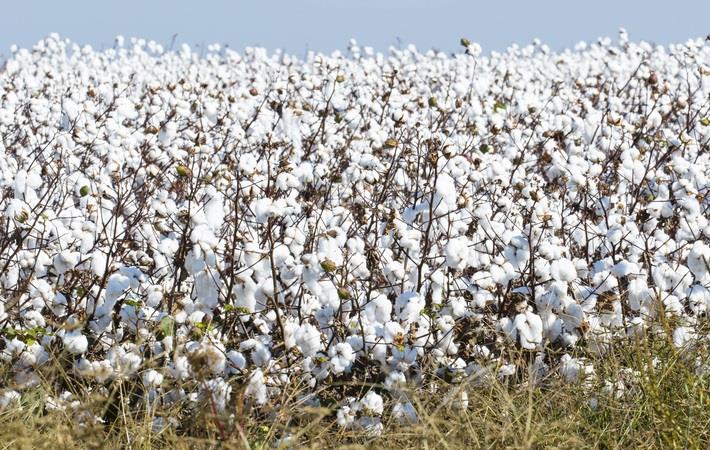Step into a realm where fashion blends seamlessly with practices and where the wisdom of the past guides us towards a promising tomorrow. Come along on a captivating expedition Through Generations as we delve into the awe-inspiring Fashion Revolution taking place in Bangladesh.

Shifts in Aesthetics and Ethics: Cotton Production
The vibrant fashion sector in Bangladesh is heavily dependent on cotton production. Bangladesh, one of the biggest producers of textiles and apparel in the world, mainly relies on domestically grown cotton to satisfy its very high export demand for clothes. Two varieties of cotton are grown in Bangladesh: Hill Cotton (Gossypium arboreum) and American Upland Cotton (Gossypium hirsutum). Hill Cotton is cultivated in Bangladesh’s three hill districts of Khagrachari, Bandarban, and Rangamati, while American Upland Cotton is farmed in 42 plains districts. With a direct connection to the fashion industry, the local cotton supply chain offers several benefits, including cheaper shipping and quicker production lead times.



Eco-Chic Revolution
In Bangladesh’s fashion sector, the “Eco-Chic Revolution” marked the beginning of a new era of sustainability that combines fashion with environmental awareness. Designers and manufacturers are adhering to strict eco-standards to ensure ethical sourcing, trim waste, and decrease carbon footprints. This is due to the nation’s growing dedication to sustainable fashion.

Although compliance is a difficult path, it is guiding the sector toward a more promising, environmentally responsible future. Bangladesh is not only setting the bar for sustainable fashion with its emphasis on transparency and environmentally friendly production, but it is also showing how fashion and environmental protection can coexist together. The nation’s designers and brands like
- Rahemur Rahman
- Moon Hossain
- Afsana Ferdousi
- Birdsong
are leading a new age of “Eco-Chic” that promises a cleaner and greener fashion business in this rapidly changing environment.

Manufacturing
Sustainable manufacturing techniques have gained popularity throughout time. Examples include Aranya, a self-sufficient, female-led business in Dhaka that is helping Bangladesh bring back natural fabric colors. The business, which has its origins in scientific research and development, has successfully recreated 30 colors using plants, flowers, and other locally sourced organic resources.

Besides, a green factory has been introduced to the textiles industry and furnished with production and design procedures that effectively reduce greenhouse gas emissions, pollution, and energy use. Moreover, Green Certifications is a grading system that evaluates green activities such as environmentally friendly site construction, water efficiency, reduced energy use, and atmosphere preservation. It considers the company’s plans to lessen its effects on the environment.

Greenwashing: An Extensive Problem?
Greenwashing has become a widespread issue in the Bangladeshi fashion industry. Many fashion companies promote sustainable practices while frequently ignoring their social and environmental obligations to appeal to eco-aware consumers. This practice is particularly concerning considering Bangladesh’s considerable contribution to the world’s garment industry.

While making these claims, brands frequently fail to use eco-friendly products or employ ethical labor practices. There is an urgent need for greater openness, meticulous audits, and more vital rules, regardless of some sincere attempts, such as the use of organic cotton and improving working conditions. To tackle the extensive issue of “greenwashing,” the garment sector in Bangladesh must make concrete efforts toward authenticity and sustainability.
Labor Sustainability
Labor sustainability is a crucial component of moral and responsible fashion practices in the fashion industry. The emphasis is on treating employees fairly at every level of the supply chain, from cotton fields to factories and retail establishments. Millennials and Gen Zs are highly concerned and advocate for sustainable labor practices and ensuring that the fashion industries are fair to salaries, have secure working conditions, and treat workers ethically.

Shifts to Digital Passports?
The integration of digital passports is causing a significant revolution in the fashion sector. However, Bangladesh’s fashion sector has not widely adopted digital passports. There’s probably a single brand that comes to my mind, and it is Aarong that has adopted the thought of digital passports. Designers in the fashion industry have barely taken digital passports into account.
Resources
March 25, 2021, Achim Berg, Harsh Chhaparia, Saskia and Karl-Hendrik Magnus, McKinsey & Company, “What’s next for Bangladesh’s garment industry, after a decade of growth? retrieved on October 18, 2023 https://www.mckinsey.com/industries/retail/our-insights/whats-next-for-bangladeshs-garment-industry-after-a-decade-of-growth
Country Report on Research, Development of Cotton Production in Bangladesh Dr. Md. Gazi Golam Mortuza, retrieved on October 18, 2023 https://icac.org/Content/EventDocuments/PdfFiles36dbc0c5_850c_489d_897b_853f73972221/Bangladesh_Country%20report%202021.pdf
July 16, 2019, Tahmina Begum, meet the future of Bangladesh’s sustainable design talent, https://i-d.vice.com/en/article/j5wzep/meet-the-future-of-bangladeshs-sustainable-design-talent
March 27, 2022, Emily Lush, Wander Lush, Natural Dyes with Aranya Bangladesh at the Asia Fair Trade Summit, https://wander-lush.org/natural-dyes-aranya-bangladesh-asia-fair-trade-summit/
September 19, 2023, Ibrahim Hossain Ovi, Mongabay, Bangladesh apparel industry makes progress in “eco-friendly” manufacturing https://news.mongabay.com/2023/09/bangladesh-apparel-industry-makes-progress-in-eco-friendly-manufacturing/
August 26, 2022, BetterWork, Bangladesh’s green garment industry: a crucial transition for sustainable future https://betterwork.org/69134-2/
